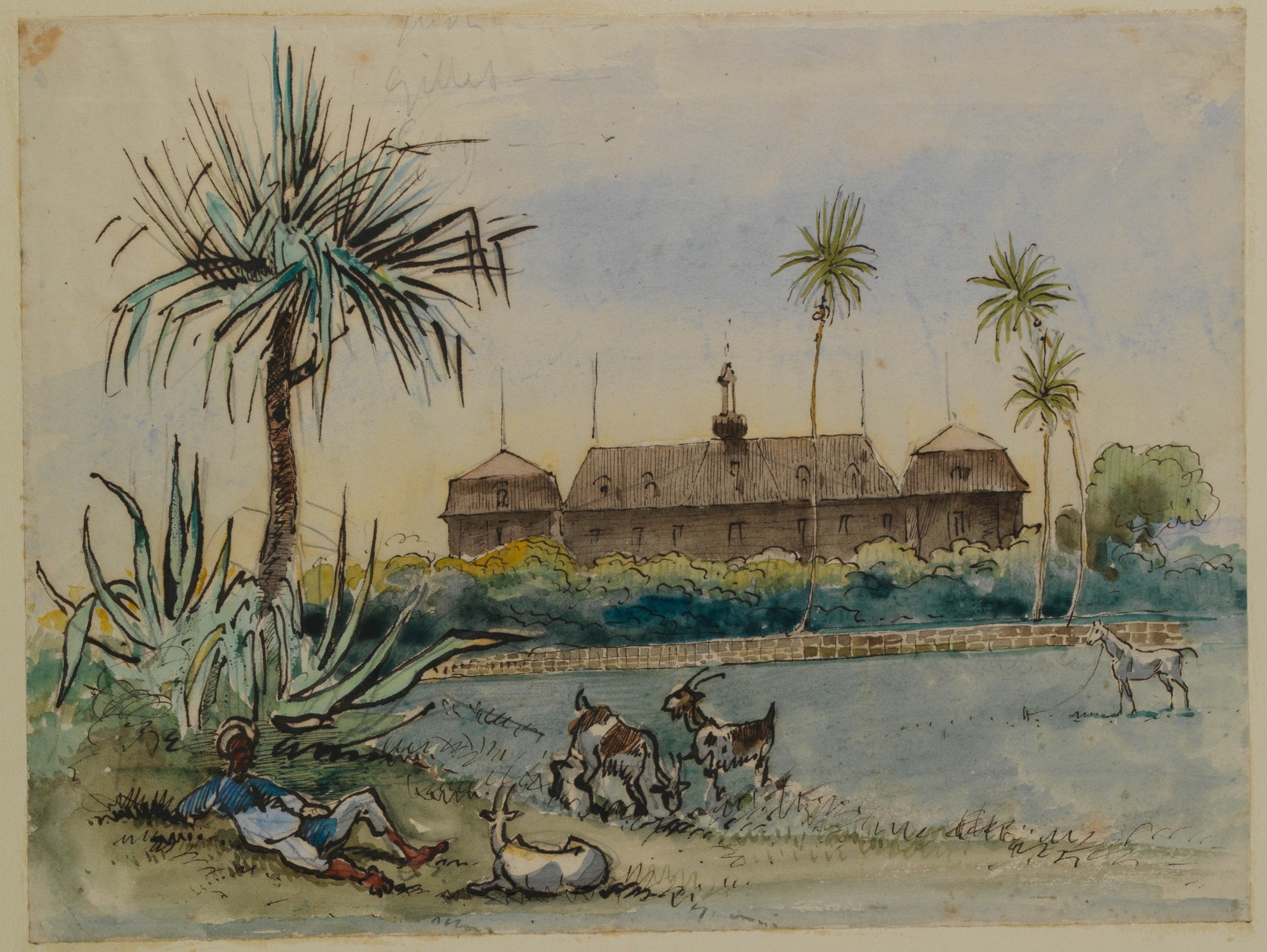
- Home
- Archaeology on Reunion Island
- Missions and methods
- Archaeozoology
Archaeozoology is the study of animal remains discovered on archaeological sites that shed light on the relationship between humans and animals.
Fauna in the 17th and 18th centuries
Even before the first settlers arrived, the sailors who broke their journey on the island in the 17th century hunted the abundant and over-trusting game, and introduced cattle to the island as livestock to feed future crews.
The Compagnie des Indes orientales encouraged the first settlers to rear livestock as early as the 18th century. However, due to a lack of fencing and the negligence of herders, the problem of marron animals soon reared its head.
Game hunting was regulated in a bid to conserve endemic animal species. This proved ineffective since the birds and tortoises were exterminated within a few years as landowners neglected their crops and took advantage of the easier pickings offered by the thriving natural environment, and an impoverished population fell back on the hunting economy.
Archaeozoological problems in Réunion
Few archaeozoological studies have been published to date. This is due to the fact that the archaeological department was only created fairly recently (2010) and faunal assemblages were generally quite poor until the excavations in Saint-Paul in 2018 (Route des premiers Français) and 2019 (Lot 3). The discipline has grown since then and opened up fascinating new perspectives:
- Recent and future rescue archaeology discoveries in Les Bas will shed light on farm livestock, the diversity of agropastoral practices as well as fishing techniques and the consumption of fresh and sea water marine fauna.
- In Les Hauts, little is still known about the cattle management practices of the Petits Blancs or the various subsistence strategies of the other occupants of the upper areas of the island, including marrons and hunters.
Associated media
Open Media Library

A herd of zebu cattle

Sow and piglets

Hunting the tailless tenrec

Petrel bones (Cilaos, La Vallée Secrète)

Kid bones (Saint-Joseph, Caverne Lépinay, 2015)

Animal remains (Saint-Joseph / Le Tampon, Caverne des Lataniers)

